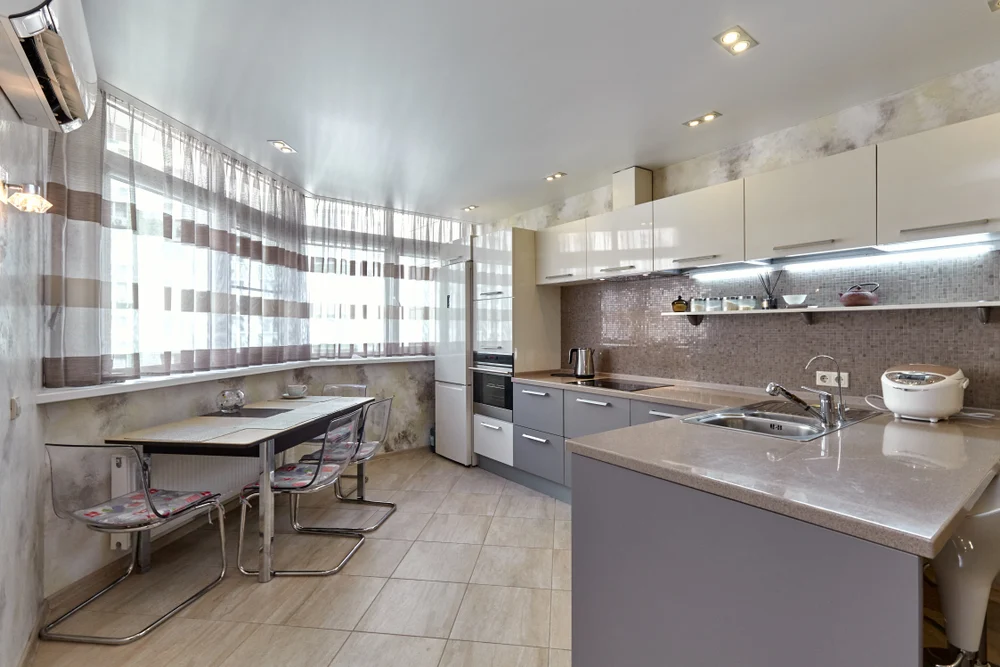
In the realm of modern home design, open concept kitchens have emerged as a preferred choice, offering a seamless blend of functionality, aesthetics, and sociability.
This comprehensive guide, ‘Designing Your Dream Open Concept Kitchen: Expert Tips’, is a meticulously curated resource aimed at equipping you with the necessary knowledge and professional insights to transform your kitchen into a dynamic and engaging space.
By fostering a sense of belonging, we aim to facilitate an enjoyable and enriching design process, ensuring your kitchen remodel not only meets your practical needs but also mirrors your lifestyle and personality.
Join us as we delve into the nuanced world of open concept kitchens.
Understanding Open Concept Kitchens
A homeowner’s understanding of open concept kitchens is crucial to successfully achieving this popular design in their own home.
This type of layout merges the kitchen with adjacent living spaces, creating an interconnected, social environment. The open concept removes barriers such as walls and doors, promoting inclusivity and a sense of belonging.
It enhances the flow of natural light and adds spaciousness, uplifting the overall aesthetic appeal. However, this design requires careful planning to maintain functionality along with the visual appeal.
One needs to consider factors such as storage solutions, appliance placement, and maintaining a cohesive design throughout the space. Ultimately, understanding these specifics will help homeowners create a personalized, efficient, and inviting open-concept kitchen.
Steps for Designing Your Kitchen
In the process of designing your dream open-concept kitchen remodel, there are five crucial steps to follow, starting with a comprehensive understanding of your space and lifestyle needs. This involves assessing your kitchen’s dimensions, light sources, and existing architectural features.
Secondly, establish your style and color palette, which will guide your aesthetic decisions.
Thirdly, determine your layout, focusing on functionality and flow. Consider vital kitchen zones such as cooking, cleaning, and storage.
Fourthly, select your appliances, cabinetry, and surface materials. Make sure they align with your style, functionality needs, and budget.
Lastly, plan for the unexpected. Have a contingency plan that accommodates potential delays or unforeseen costs.
Read more:
Functional Flow: Layout Ideas for Open Concept Kitchens
Benefits of Open Concept Kitchens: A Modern Living Experience


